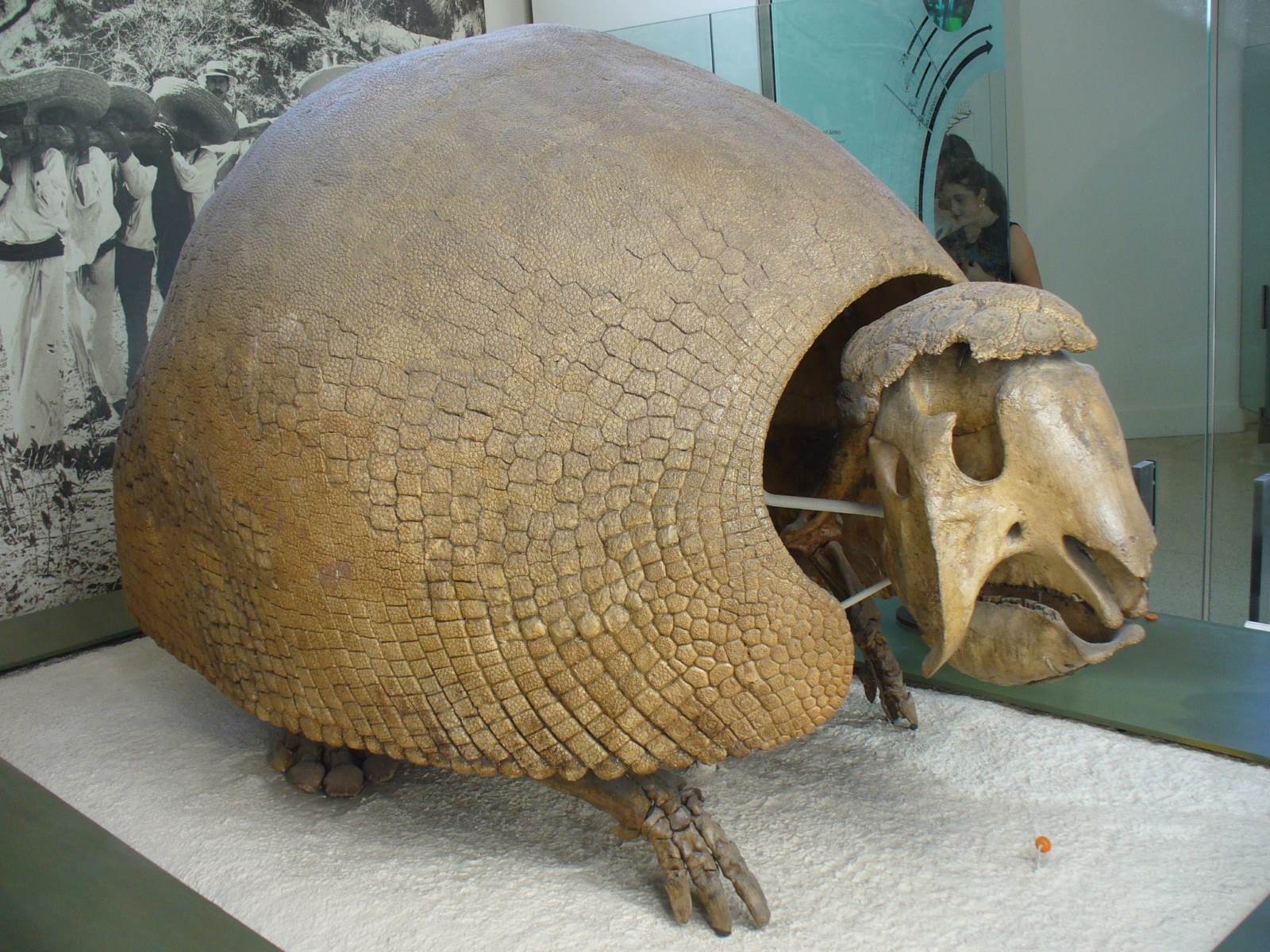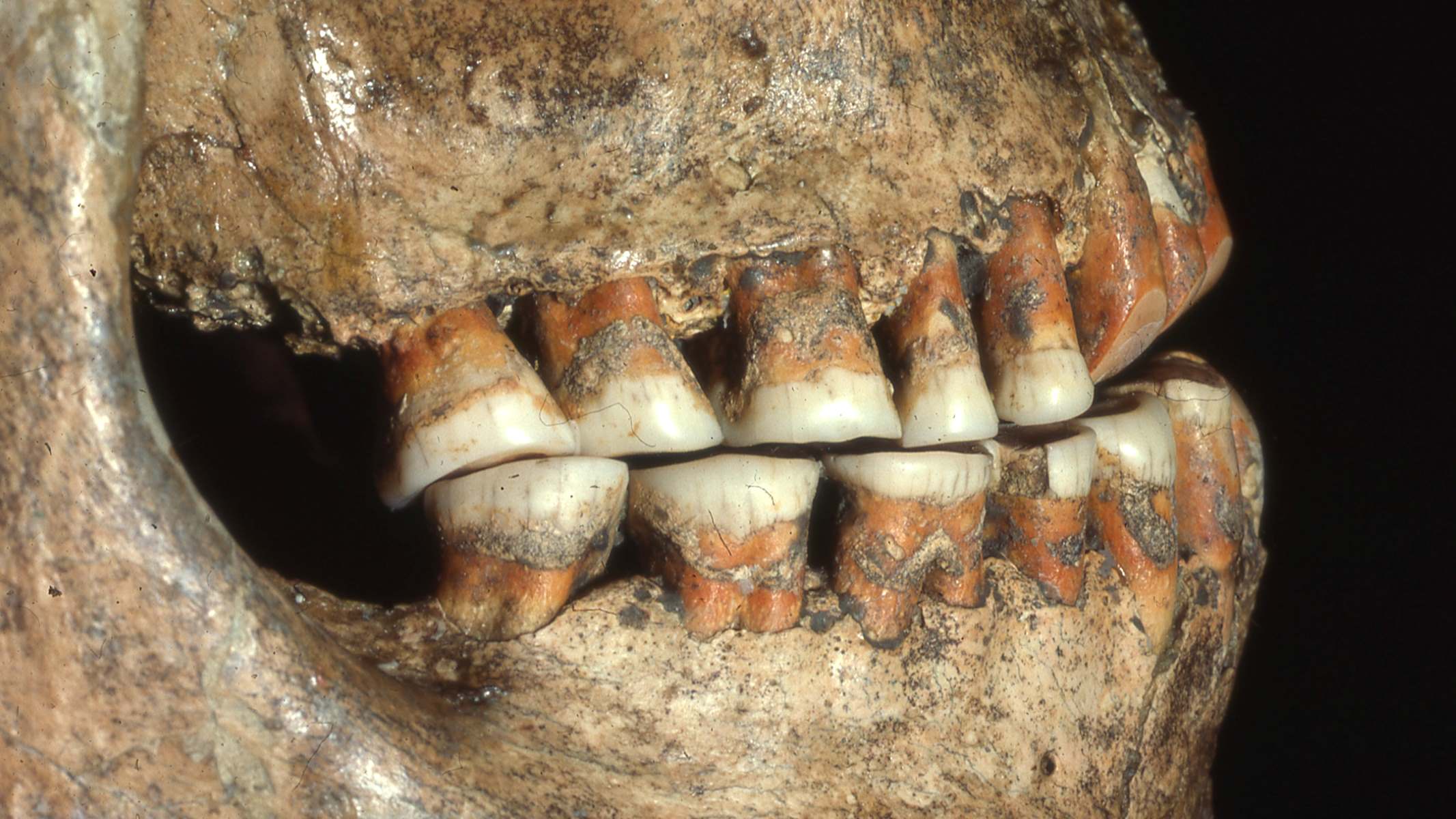
Who were the Winged Hussars? These legendary cavalrymen from Poland and Lithuania were known for their distinctive wings attached to their armor. Why did they wear wings? The wings served both practical and psychological purposes, such as intimidating enemies and preventing lasso attacks. When did they exist? The Winged Hussars were active from the late 16th century to the early 18th century. What battles did they fight in? They played crucial roles in battles like the Siege of Vienna in 1683. How were they equipped? Armed with lances, sabers, and pistols, they were a formidable force. Why are they remembered today? Their bravery and unique appearance make them a fascinating subject in military history. Ready to learn more? Let's dive into 35 amazing facts about these iconic warriors!
Key Takeaways:
- The Winged Hussars were a legendary cavalry unit from Poland, known for their iconic wings and innovative battle tactics. Their bravery and martial prowess continue to inspire people today.
- The decline of the Winged Hussars was influenced by changes in warfare and politics, but their legacy lives on in Polish culture, literature, and historical reenactments.
Origins of the Winged Hussars
The Winged Hussars were an elite cavalry unit from Poland, known for their distinctive wings and unparalleled battlefield prowess. Let's dive into some fascinating facts about these legendary warriors.
- The Winged Hussars originated in the 16th century, evolving from earlier light cavalry units in Poland and Hungary.
- Their name comes from the large, decorative wings attached to their armor, which were both intimidating and functional.
- Initially, they were mercenaries but soon became a permanent part of the Polish army.
- The wings were made of wooden frames covered with eagle, ostrich, or swan feathers.
Equipment and Armor
The Winged Hussars were known for their unique and elaborate equipment. Their gear was not only functional but also a symbol of their status and prowess.
- They wore heavy armor, which included a breastplate, helmet, and arm guards.
- Their primary weapon was a long lance, often over 5 meters in length.
- They also carried sabers, pistols, and sometimes war hammers or maces.
- The armor was often richly decorated with gold and silver inlays.
- Their horses were also armored, providing additional protection in battle.
Battle Tactics and Strategies
The Winged Hussars were renowned for their innovative and effective battle tactics. Their strategies often turned the tide of battles in favor of the Polish-Lithuanian Commonwealth.
- They were masters of the cavalry charge, using their speed and momentum to break enemy lines.
- The wings on their armor created a whistling sound that frightened enemy horses and soldiers.
- They often used feigned retreats to lure enemies into traps.
- Their lances were designed to break upon impact, allowing for a quick switch to secondary weapons.
- They were highly disciplined, often training for years to perfect their skills.
Famous Battles
The Winged Hussars participated in many significant battles, often playing a crucial role in the outcomes. Here are some of their most notable engagements.
- The Battle of Orsha in 1514 saw the Winged Hussars defeat a much larger Muscovite army.
- At the Battle of Khotyn in 1621, they helped repel a massive Ottoman invasion.
- The Battle of Vienna in 1683 is perhaps their most famous victory, where they played a key role in lifting the Ottoman siege.
- They were instrumental in the Battle of Kircholm in 1605, where they defeated a Swedish army three times their size.
- The Battle of Klushino in 1610 saw them defeat a combined Russian and Swedish force.
Decline and Legacy
Despite their many successes, the Winged Hussars eventually faced decline. However, their legacy continues to inspire and fascinate people around the world.
- The introduction of more advanced firearms and artillery made heavy cavalry less effective.
- Political changes and the partitioning of Poland in the late 18th century led to their disbandment.
- Their tactics and strategies influenced cavalry units in other European armies.
- They are celebrated in Polish culture, featuring in literature, art, and film.
- Modern reenactments and historical societies keep their memory alive.
Cultural Impact
The Winged Hussars have left a lasting impact on Polish culture and beyond. Their legacy is celebrated in various forms of media and continues to inspire people today.
- They are often depicted in Polish national symbols and emblems.
- Numerous books and movies have been made about their exploits.
- They are a popular subject in historical reenactments and festivals.
- Their distinctive armor and wings are iconic symbols of Polish heritage.
- They are remembered as symbols of bravery, honor, and martial prowess.
Interesting Tidbits
Here are some lesser-known facts about the Winged Hussars that highlight their unique place in history.
- The wings were sometimes used to deflect enemy weapons, adding a practical element to their design.
- They often wore leopard or tiger skins over their armor, adding to their fearsome appearance.
- Their horses were specially bred for speed and endurance, making them ideal for cavalry charges.
- They were known for their camaraderie and strong sense of brotherhood.
- The Winged Hussars were often nobility, with many coming from wealthy and influential families.
- Their legacy continues to be a source of pride and inspiration for the Polish people.
The Legacy of Winged Hussars
Winged Hussars left a lasting mark on history. Known for their fearless charges and distinctive armor, they played a crucial role in many battles. Their tactics and bravery influenced military strategies for centuries. These warriors weren't just soldiers; they were symbols of national pride and resilience. Their legacy lives on in stories, songs, and films. Even today, they inspire military enthusiasts and historians alike. The Winged Hussars remind us of a time when courage and skill could change the course of history. Their impact is undeniable, making them a fascinating subject for anyone interested in military history. So next time you hear about the Winged Hussars, remember their valor and the legacy they left behind.
Frequently Asked Questions
Was this page helpful?
Our commitment to delivering trustworthy and engaging content is at the heart of what we do. Each fact on our site is contributed by real users like you, bringing a wealth of diverse insights and information. To ensure the highest standards of accuracy and reliability, our dedicated editors meticulously review each submission. This process guarantees that the facts we share are not only fascinating but also credible. Trust in our commitment to quality and authenticity as you explore and learn with us.


